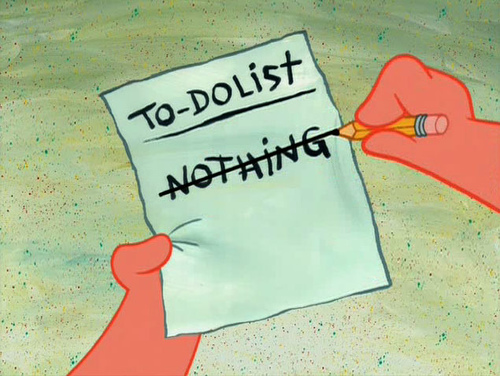Week 5 – Rascaroli, Laura “The essay film: Problems, Definitions, Textual commitments”
I generally found “The essay film” quite hard to understand as Rascaroli kept going between different theorists and such which made it hard to find out what was happening. Nora Alter explains well when she says “Unlike the documentary film, which presents facts and information, the essay film produces complex thought that at times is not grounded in reality but can be contradictory, irrational, and fantastic.”
The basis of the essay film inherits a lot from its literary companion while breaking free from the documentary, becoming a point between emotion and intellect. I have noticed that there has been a new wave of The Essay Film in the form of online forums on we sites such as Reddit. Television MASTERPIECES such as Breaking Bad and True Detective are two of the mostly sought into shows due to their very deep visual and intellectual cues. These breakdowns are more informal then what the typical essay film would be as a result of the platform on which they are viewed and submitted.
Personally what I believe is the main problem with the film essay is that although some arguments are backed with evidence from the film, there can still be underlying personal views and beliefs that influence the argument, which isn’t necessarily a bad thing although it makes it more of a challenge to know what you think is right and wrong. I guess the purpose of such essays is to challenge your thoughts and ideals, especially towards certain films, which when viewed impartially can be very informative.




